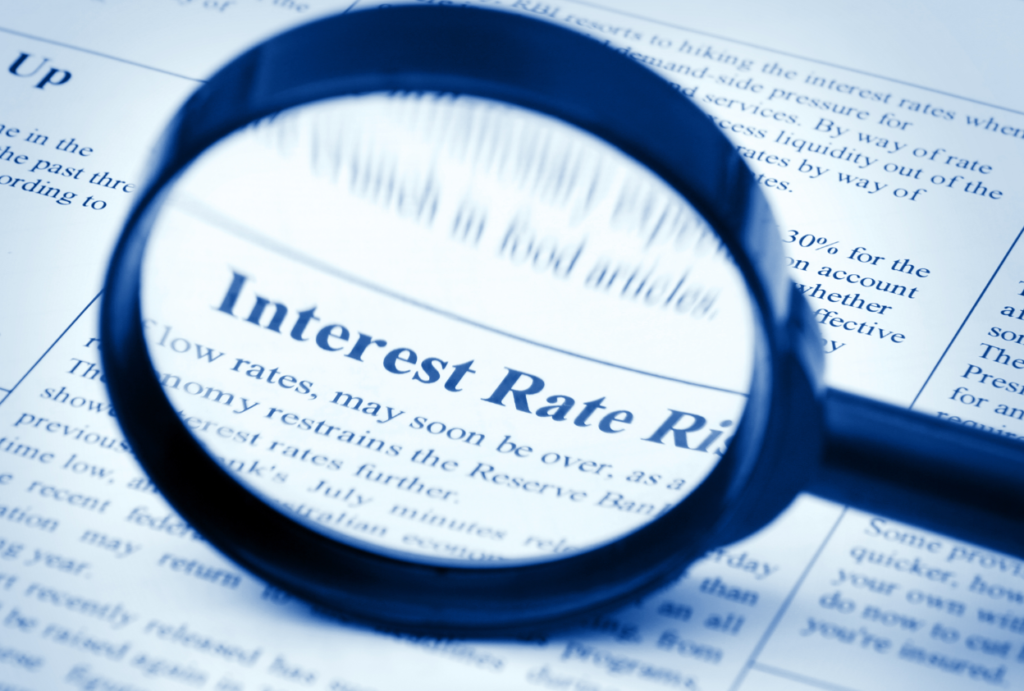South Africa’s 2024 Interest Rate Cuts: What You Need to Know

As South Africa moves into 2024, the prospect of interest rate cuts has become a topic of significant interest, especially given the economic challenges the country has faced in recent years. The Reserve Bank of South Africa (SARB) has closely monitored inflation, economic growth, and global economic trends, with an aim to adjust interest rates to strike a balance between economic stability and growth.
Why Interest Rate Cuts are on the Horizon
Interest rate cuts are typically a response to slowing economic growth, declining inflation, or to stimulate borrowing and investment. In recent years, South Africa has struggled with sluggish economic growth, high unemployment rates, and rising living costs. While the SARB raised interest rates several times between 2022 and 2023 to combat inflation, declining inflationary pressure and weak consumer demand have opened up discussions about potential rate cuts in 2024.
The rationale behind rate cuts is to lower borrowing costs, which can encourage consumer spending and business investment. This, in turn, stimulates economic activity. Lower rates would make loans and mortgages cheaper, potentially providing relief to debt-burdened consumers and businesses. For homeowners, a cut in interest rates would mean reduced monthly payments, freeing up disposable income that could boost other sectors of the economy.
Impact on the South African Economy
If the SARB decides to implement interest rate cuts in 2024, the effects will ripple through various sectors of the economy. First, reduced interest rates can stimulate borrowing, as businesses take advantage of lower financing costs to expand operations or invest in new projects. This could potentially lead to job creation, higher wages, and overall economic growth.
For the average South African, lower interest rates will likely mean cheaper access to credit. This could improve spending power, particularly for middle- and lower-income households, which in turn can increase demand for goods and services, helping businesses recover from recent economic downturns. However, while interest rate cuts offer many short-term benefits, they can also carry risks. If cuts are too aggressive, it could lead to excessive borrowing, potentially driving up inflation once again in the future.
Global and Local Considerations
The global economic environment will also influence the SARB’s decision on interest rates in 2024. As major economies, such as the U.S. and Europe, adjust their monetary policies, South Africa must carefully align its strategy to avoid negative effects on its currency and financial markets. Additionally, local factors such as government fiscal policy, Eskom’s electricity challenges, and the recovery of key industries will all play roles in determining the success of rate cuts in stimulating economic growth.
While interest rate cuts could provide some relief to the economy, South Africa still faces deep structural challenges that require long-term reforms. Addressing issues like unemployment, infrastructure investment, and business confidence will be essential in ensuring that lower interest rates lead to sustained economic improvements.
In summary, interest rate cuts in 2024 could offer South Africa a much-needed economic boost by making credit more affordable and encouraging spending and investment. However, careful management will be required to ensure these benefits are not overshadowed by inflation risks or excessive borrowing. The SARB will have to walk a tightrope between supporting growth and maintaining economic stability.
References:
- South African Reserve Bank, Monetary Policy Review, 2023.
- Fin24, “Economic Outlook for South Africa in 2024: Will Interest Rate Cuts Be Enough?”, 2023.
- BusinessTech, “SARB Signals Potential Interest Rate Cuts for 2024 Amid Economic Challenges”, 2023.
